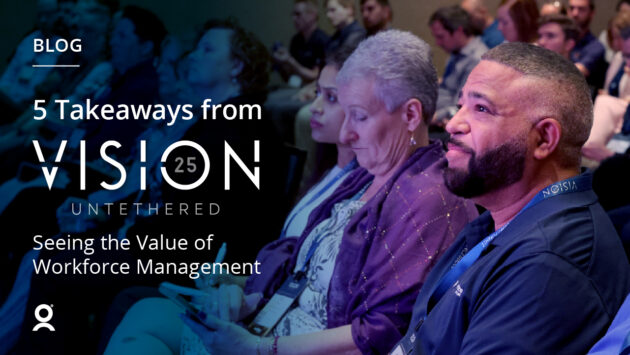The California Family Rights Act (CFRA) provides eligible employees with up to 12 weeks of unpaid, job-protected leave during any 12-month period to care for their own serious health condition, care for a covered family member with a serious health condition, bond with a newborn or newly adopted/fostered child within the first year of birth or placement, or address a qualifying exigency relating to a close family member’s covered military service. Effective January 1, 2023, recently signed bills amending the CFRA will expand the Act’s leave entitlements in two major ways:
Leave to Care for a Designated Person
Eligible employees can take job-protected CFRA leave to care for a “designated person” with a serious health condition. A designated person is “any individual related by blood or whose association with the employee is the equivalent of a family relationship.” The employee may identify the “designated person” when the employee requests the leave, but employers can limit the employee to one designated person per 12-month period. Additionally, employees may elect or be required by their employers to substitute their accrued vacation leave or other accrued time off during this period or any additional paid or unpaid time off negotiated with the employer.[1]
Bereavement Leave
Employees with at least 30 days of employment with a covered employer will be entitled to five days of bereavement leave upon the death of a family member. “Family member” means an employee’s spouse, child, parent, sibling, grandparent, grandchild, domestic partner, or parent-in-law. The leave must be completed within three months of the family member’s death and must be taken pursuant to any existing bereavement leave policy of the employer. In the absence of an existing policy, bereavement leave may be unpaid, except when an employee can use other available paid time off such as vacation, personal leave, sick leave, or compensatory time off during the leave. The new legislation also allows employers to require documentation of the family member’s death, such as a death certificate, a published obituary, or a written verification of death, burial, or memorial services.
The CFRA covers private employers with five or more employees, the state, and any political or civil subdivision of the state and cities. These employers should prepare to comply with these amendments to the CFRA by updating their employee handbooks, employee policies, leave request forms, and other leave-related documents. Failing to do so could lead to confusion among workers and costly compliance problems.
[1] The term “family member” under California’s paid sick leave law was also expanded to include a “designated person.” For paid sick leave, the law defines “designated person” as “a person identified by the employee at the time the employee requests paid sick days” and does not require that the person be related by blood or affinity or be the equivalent of a family relationship.






